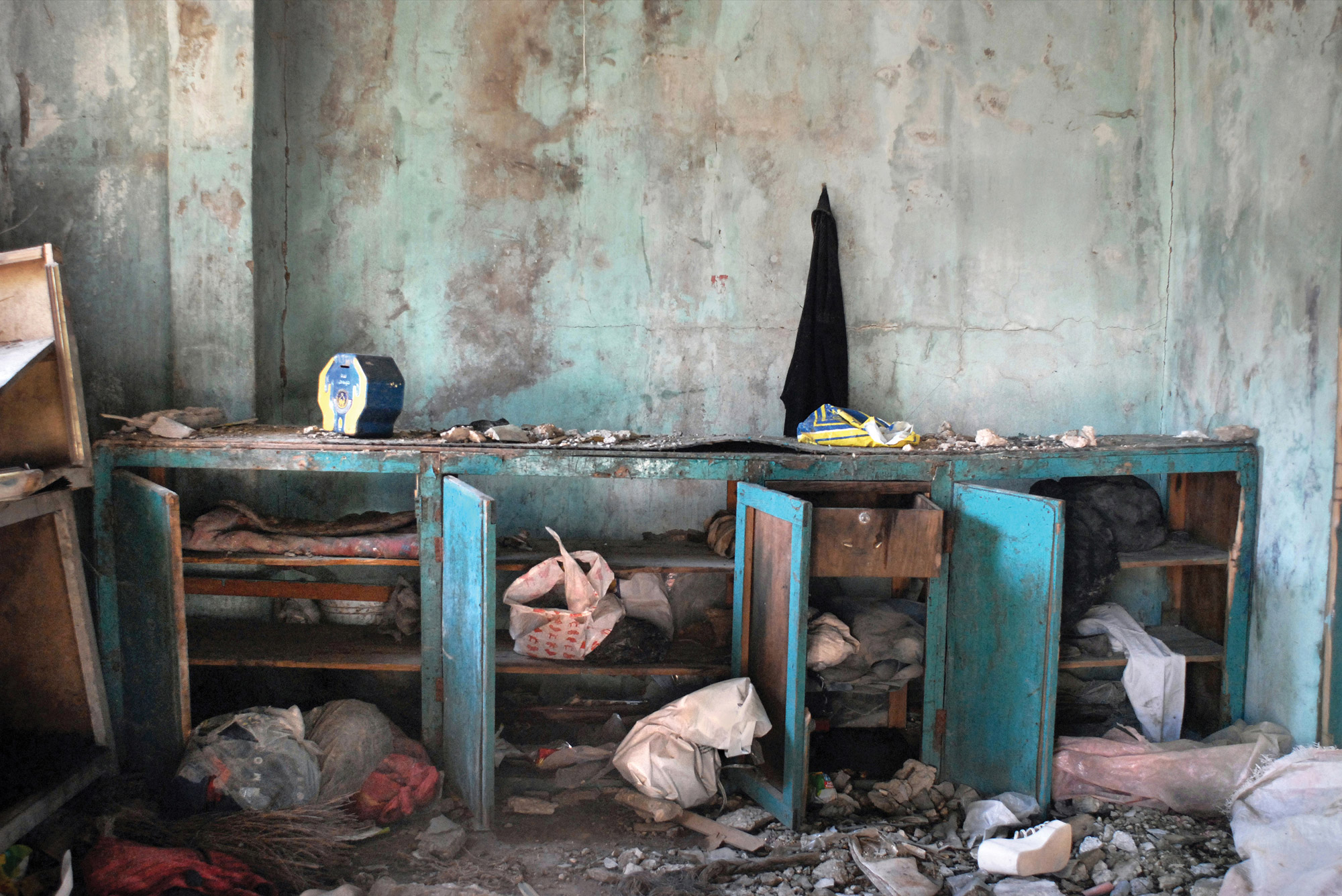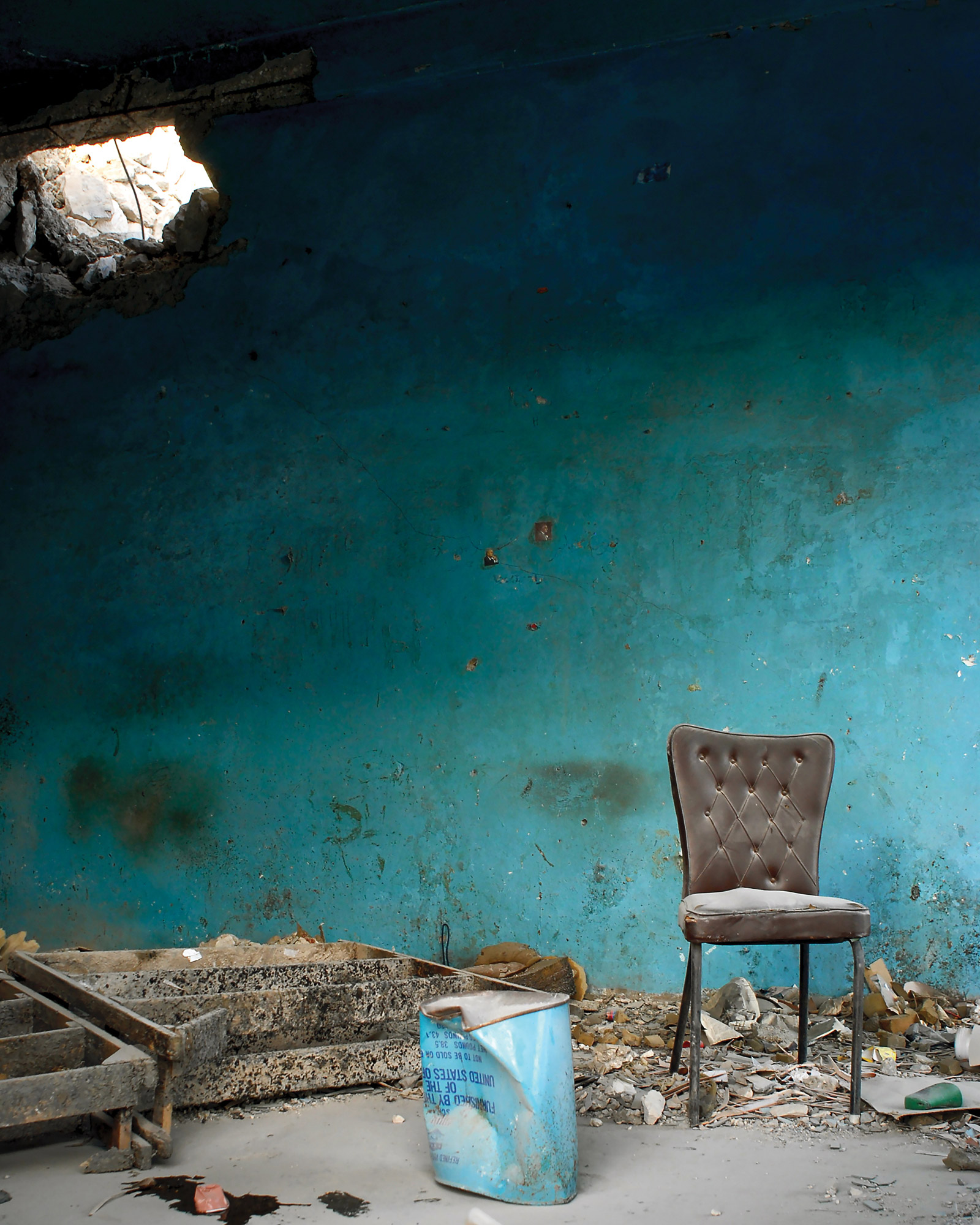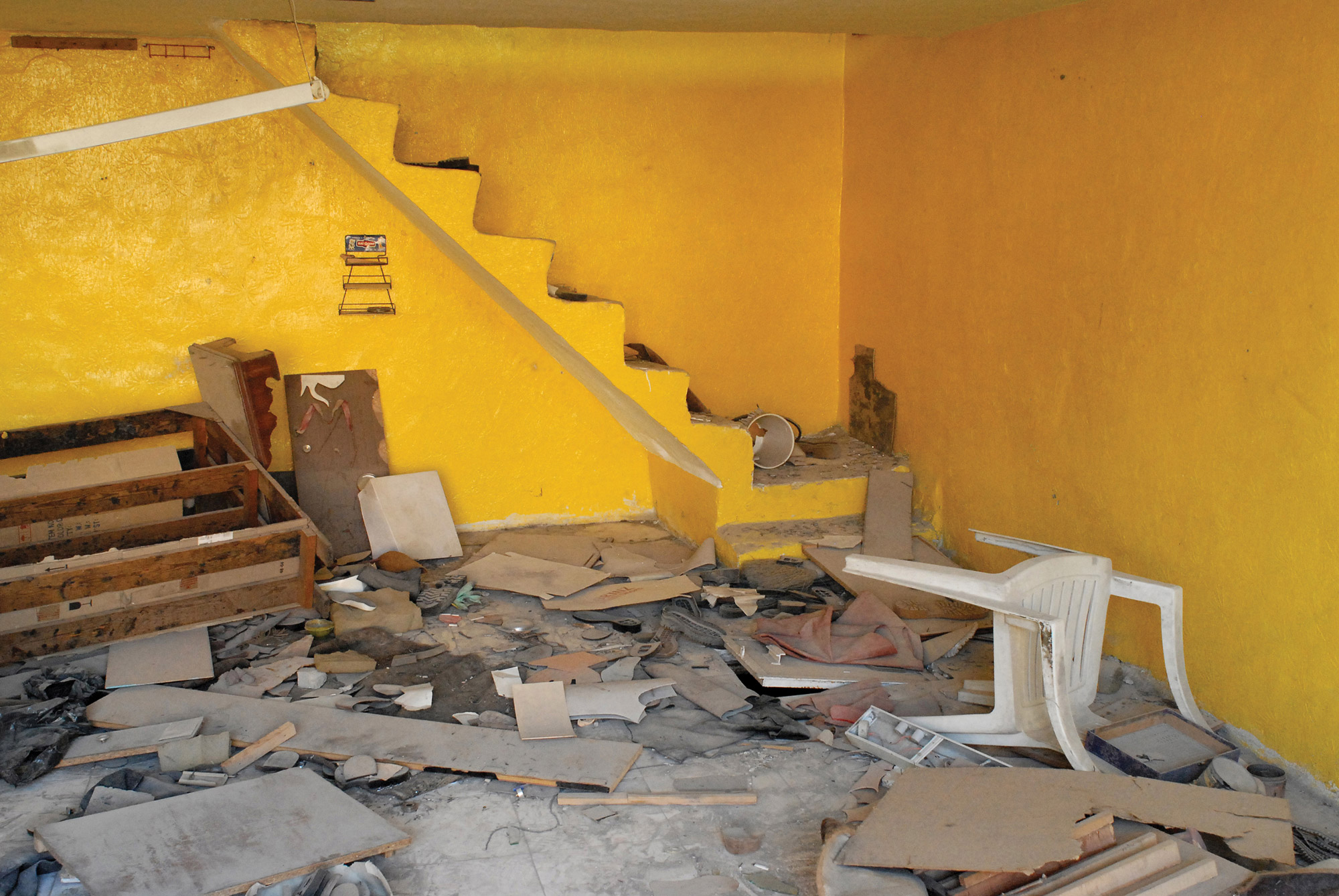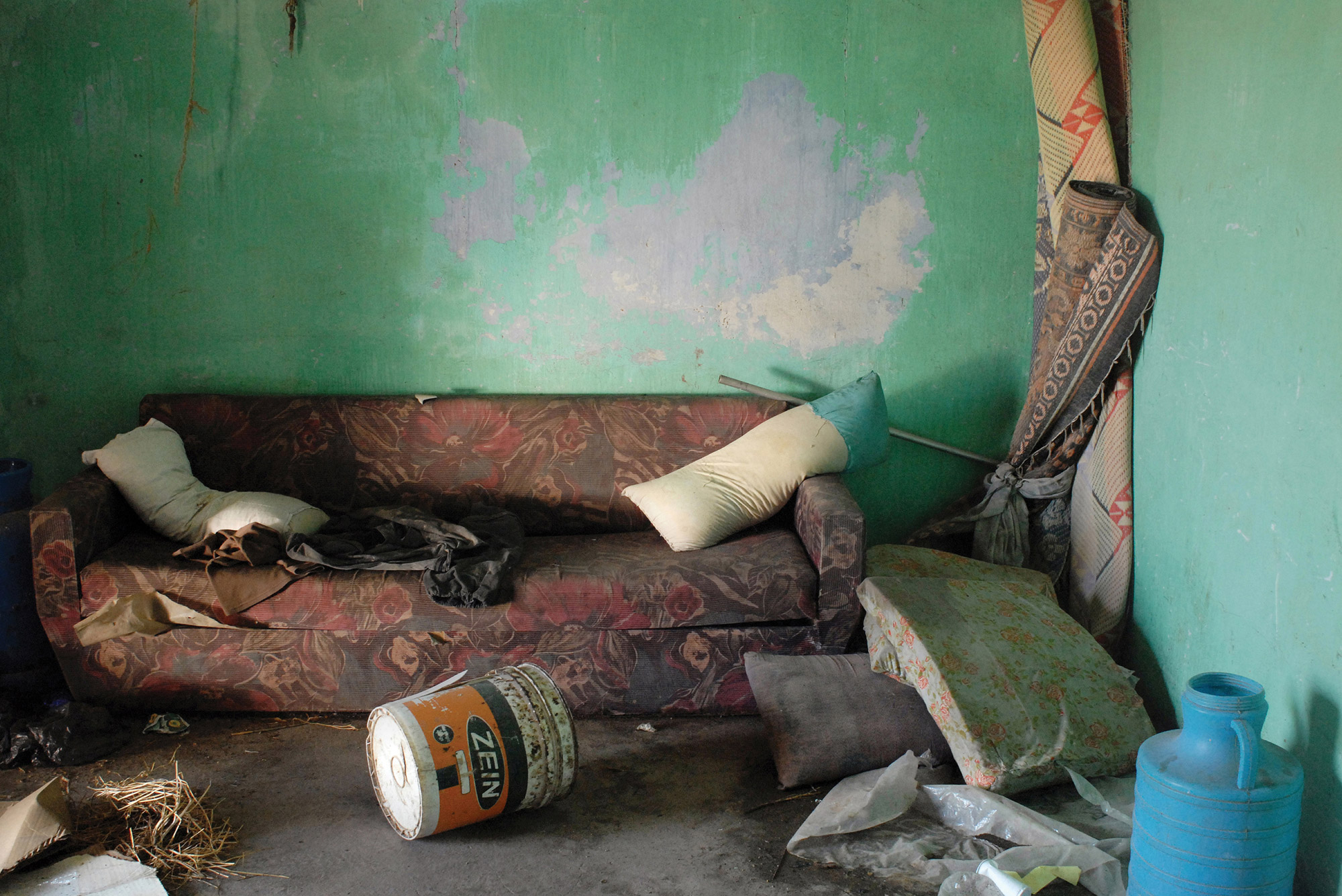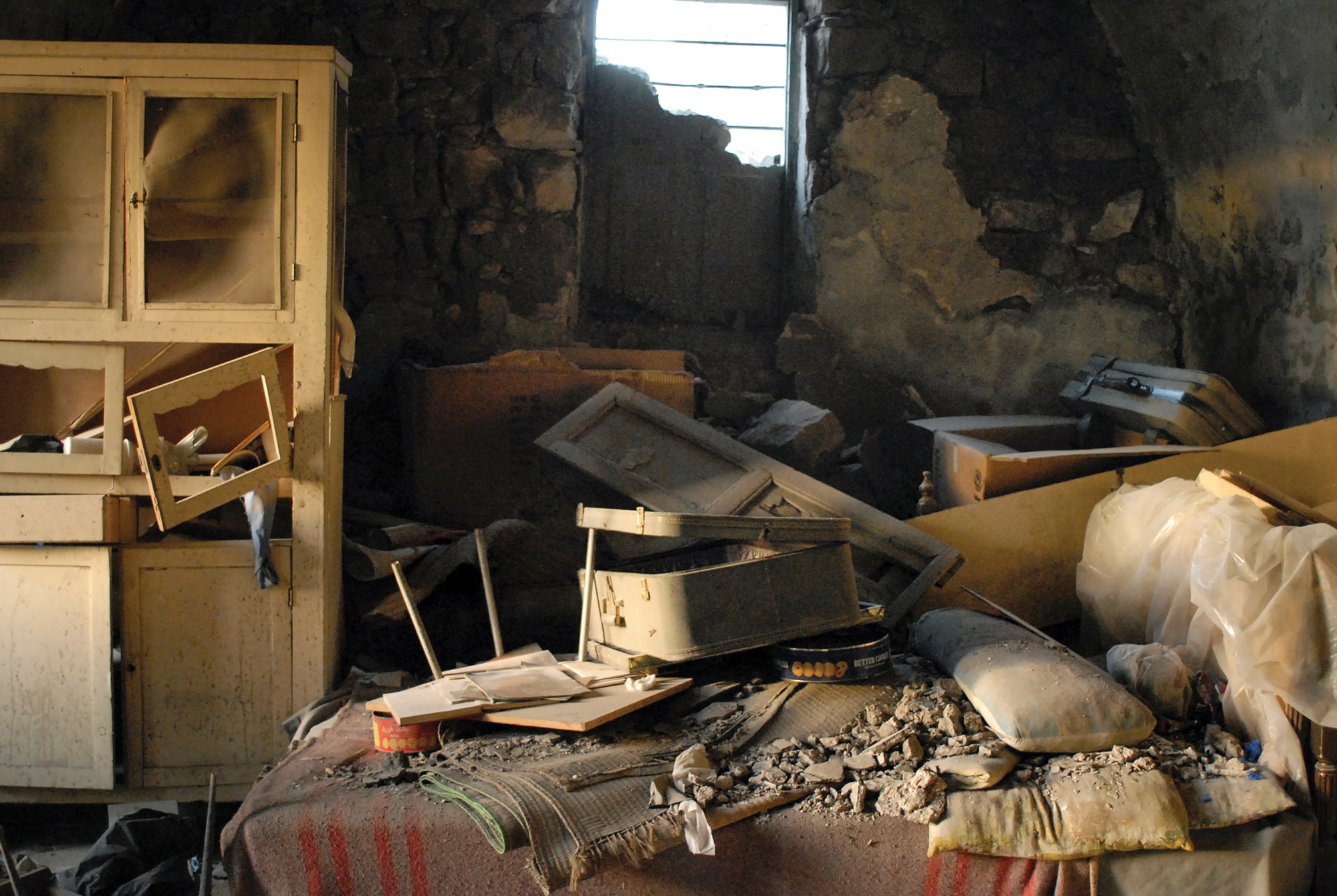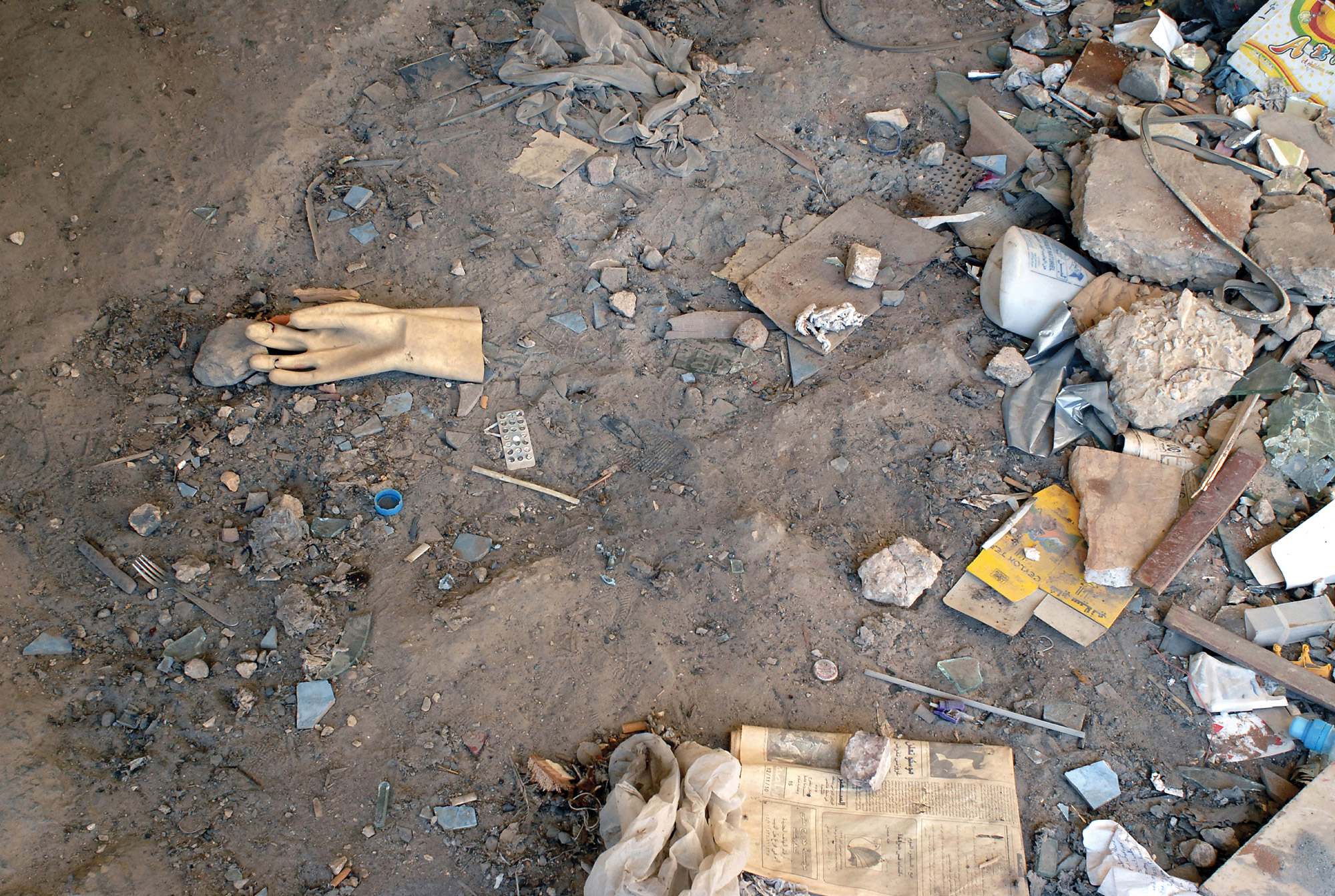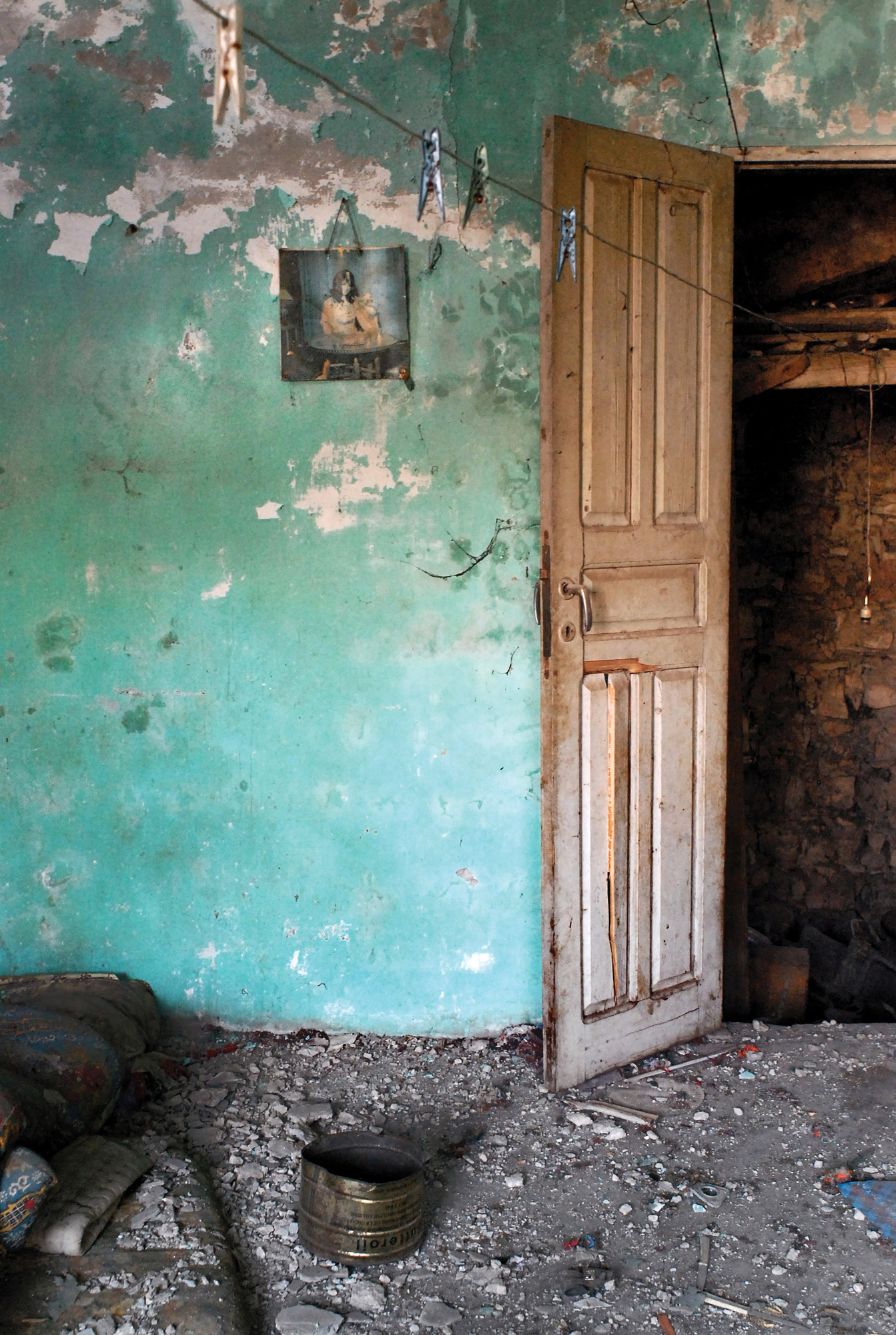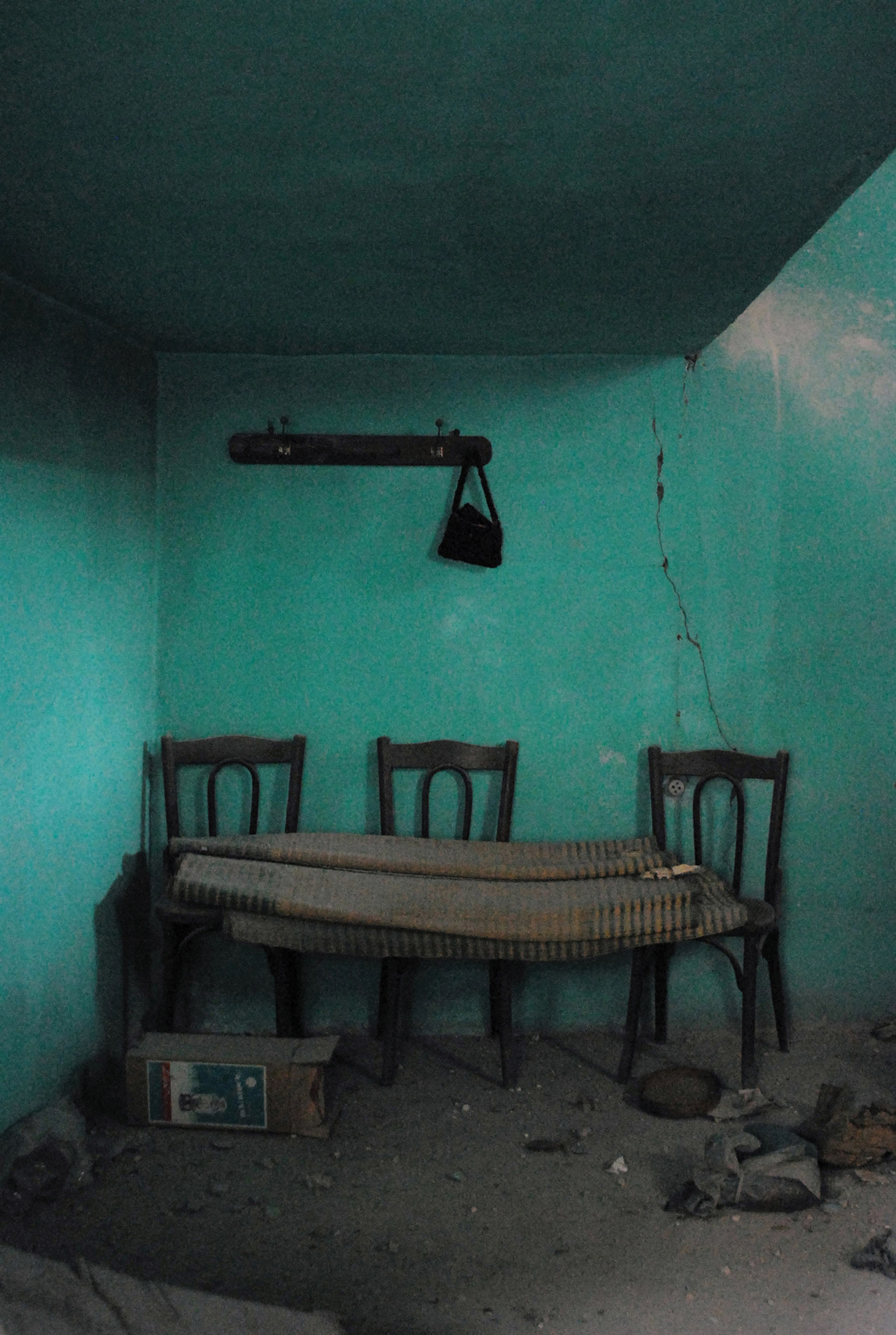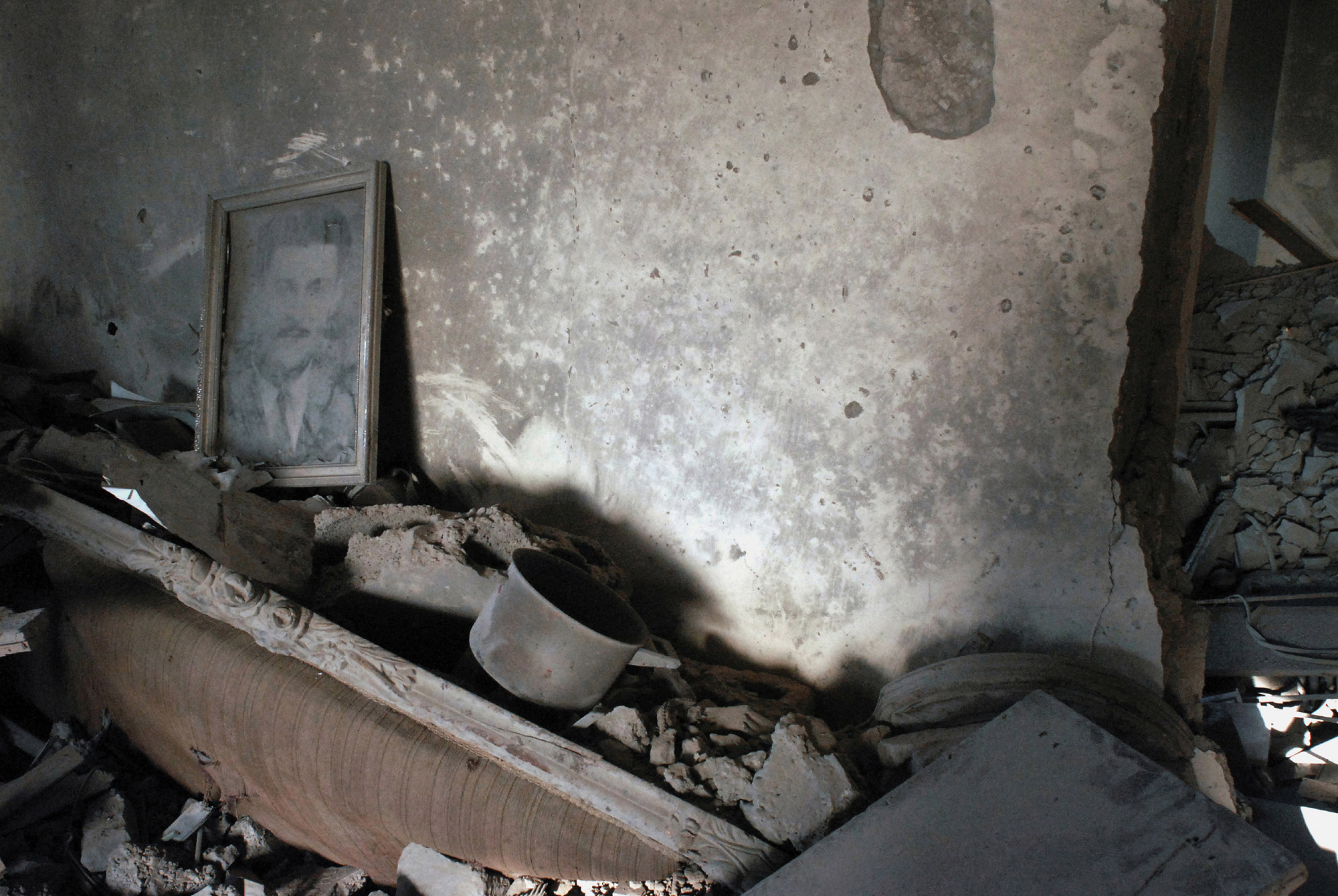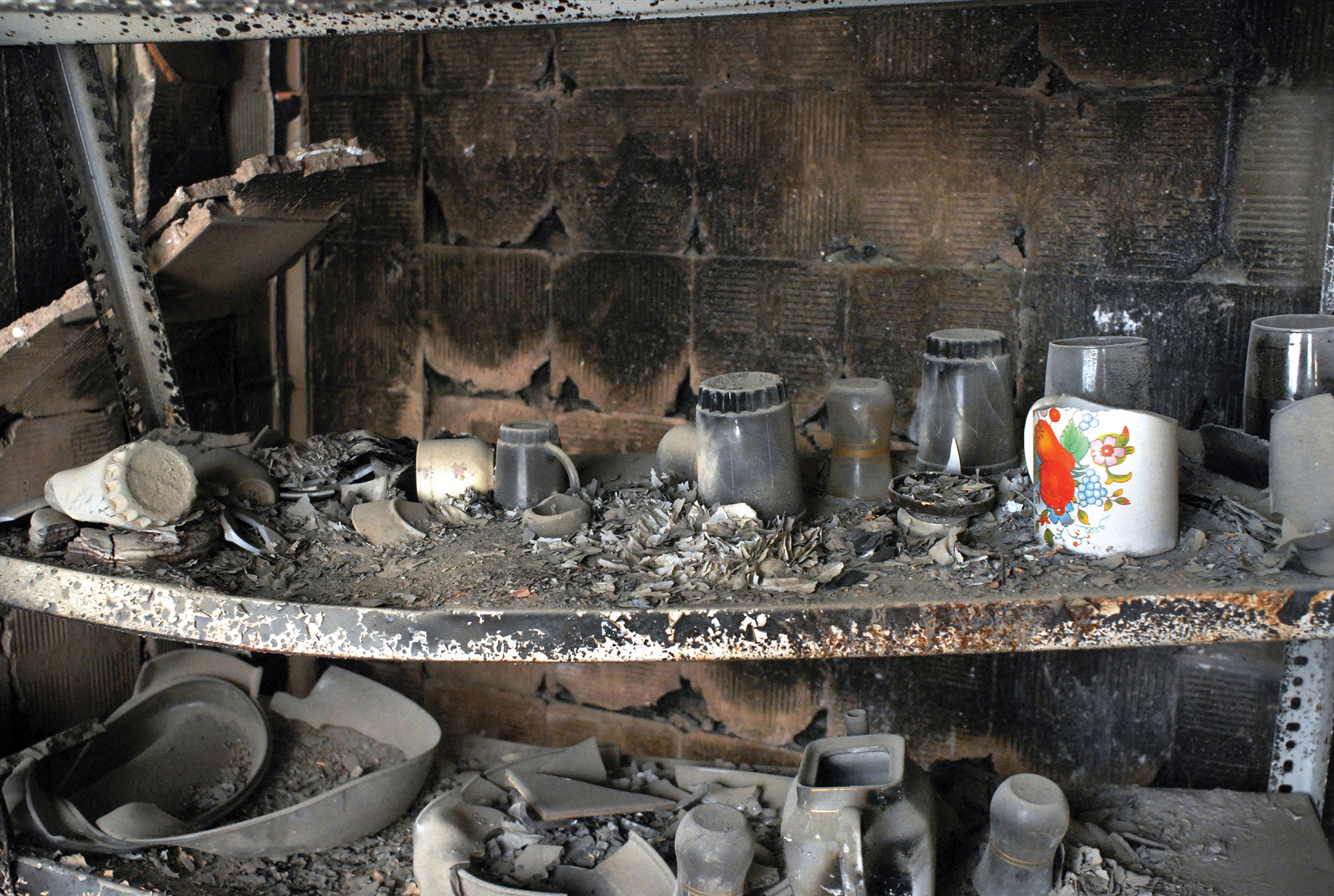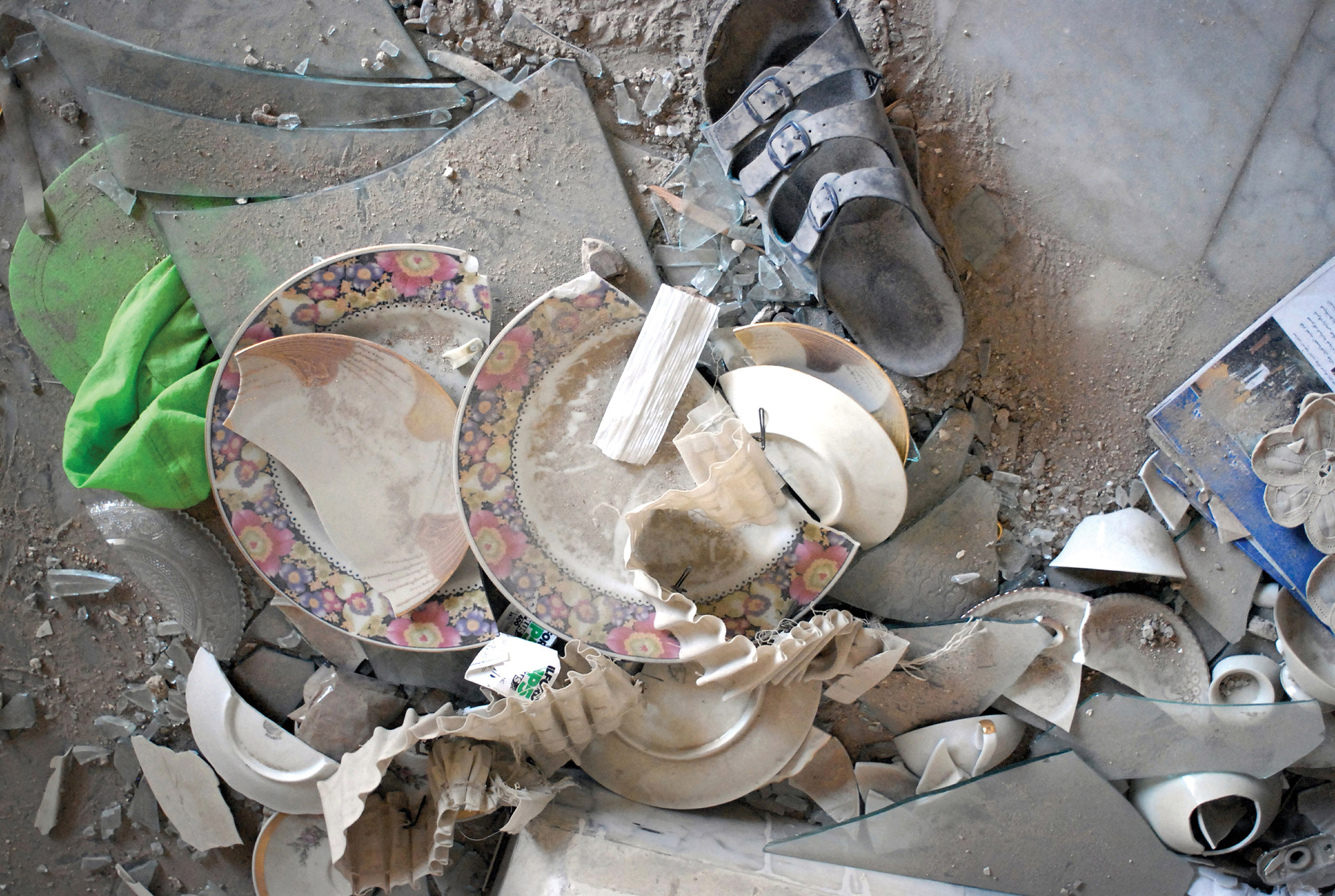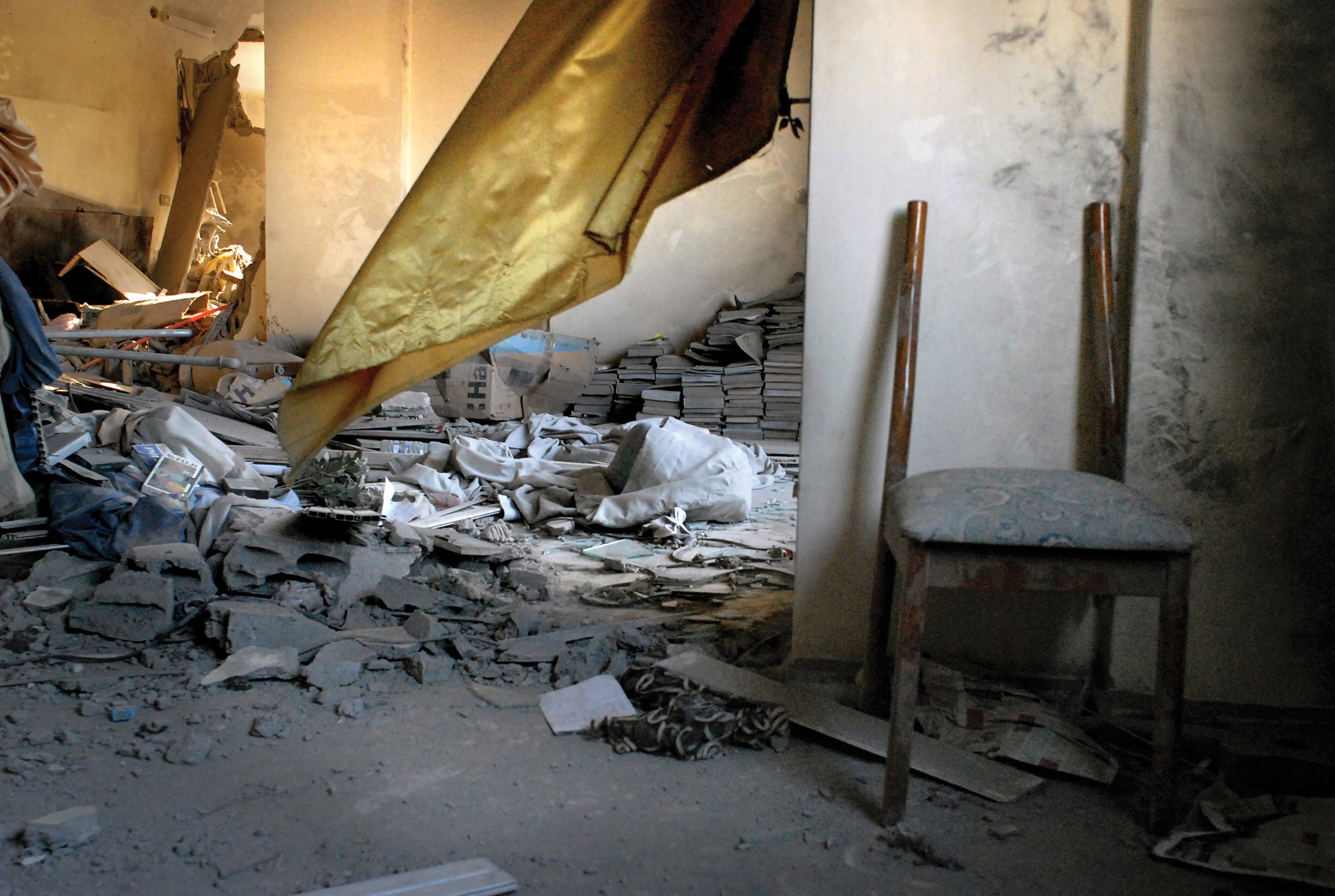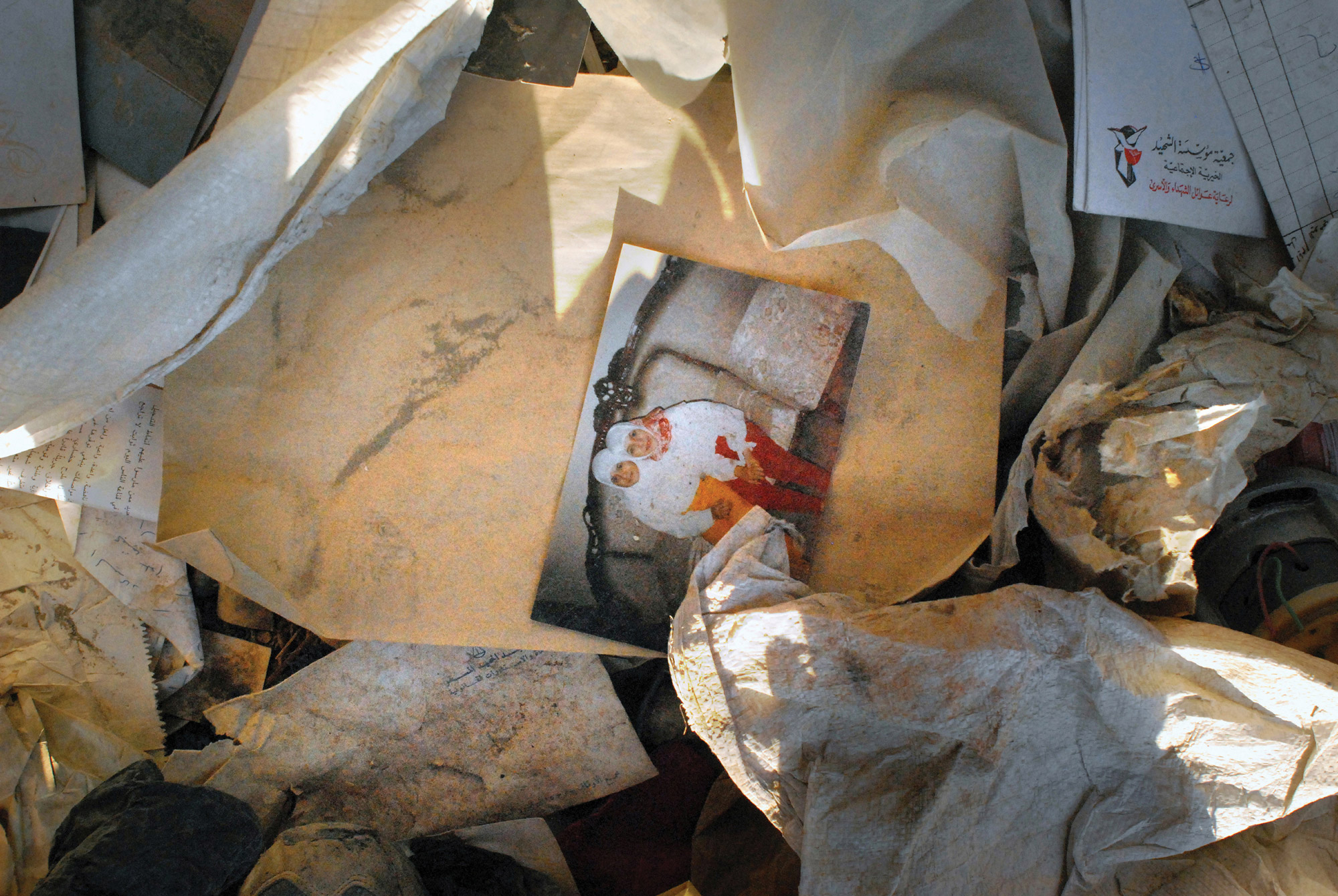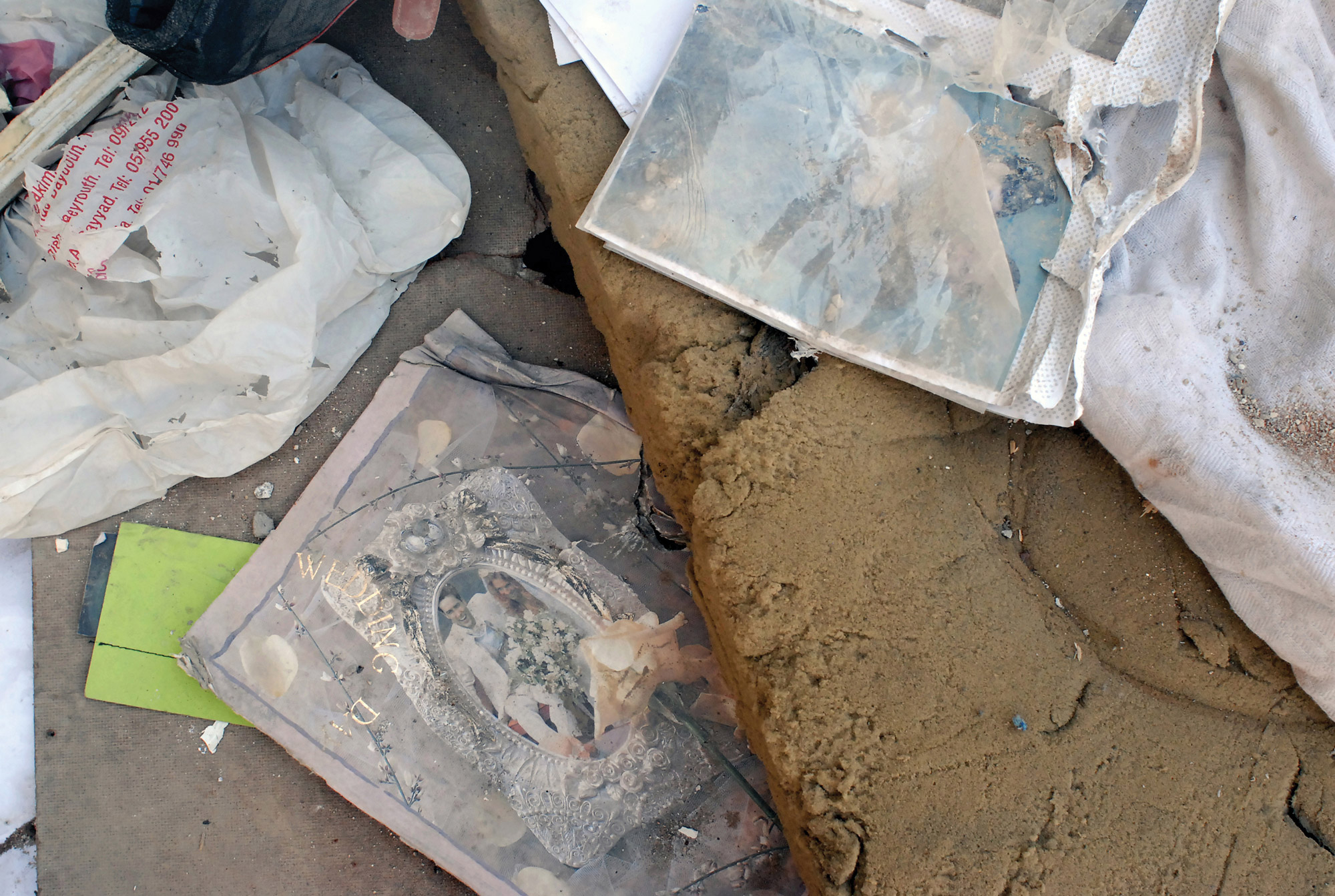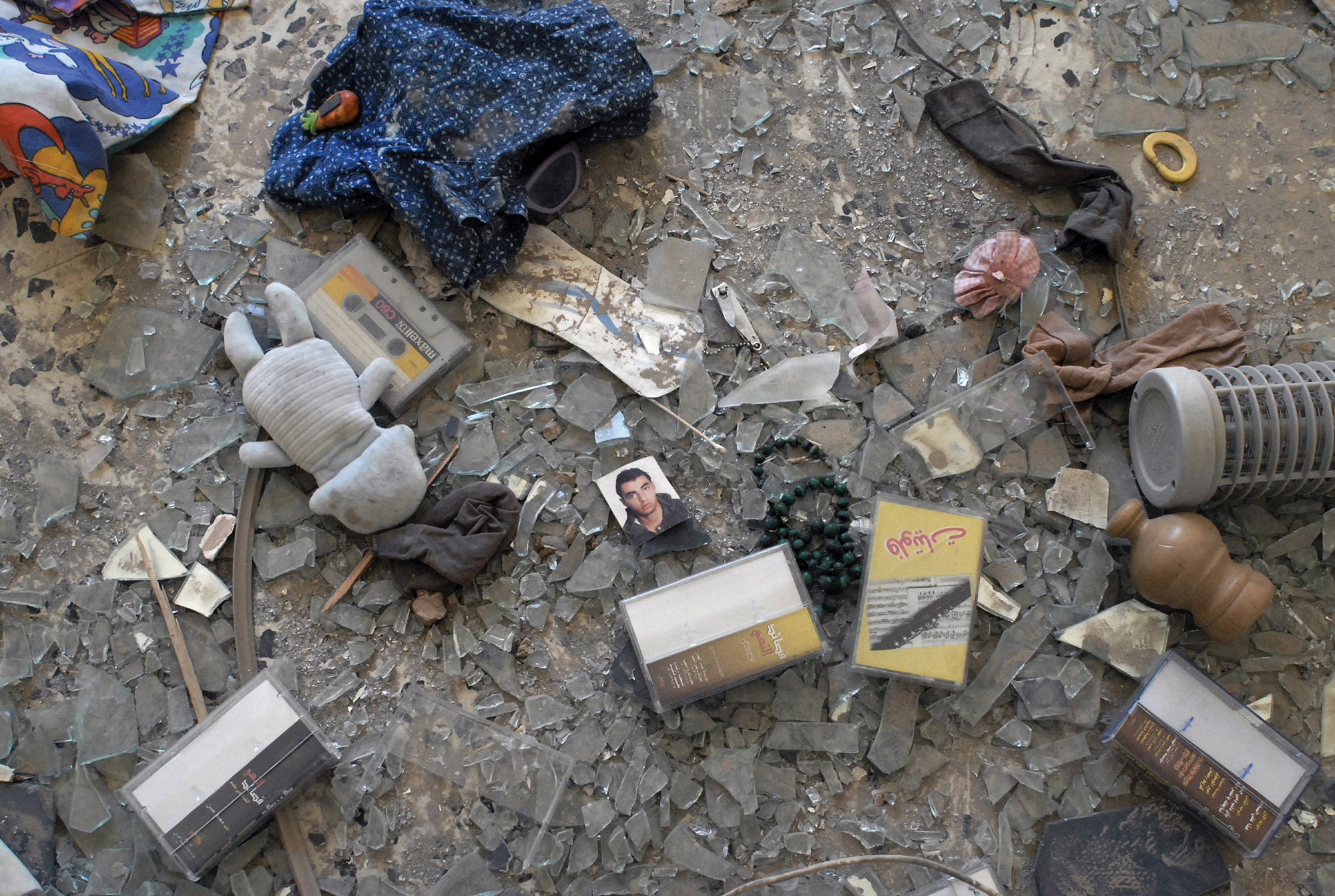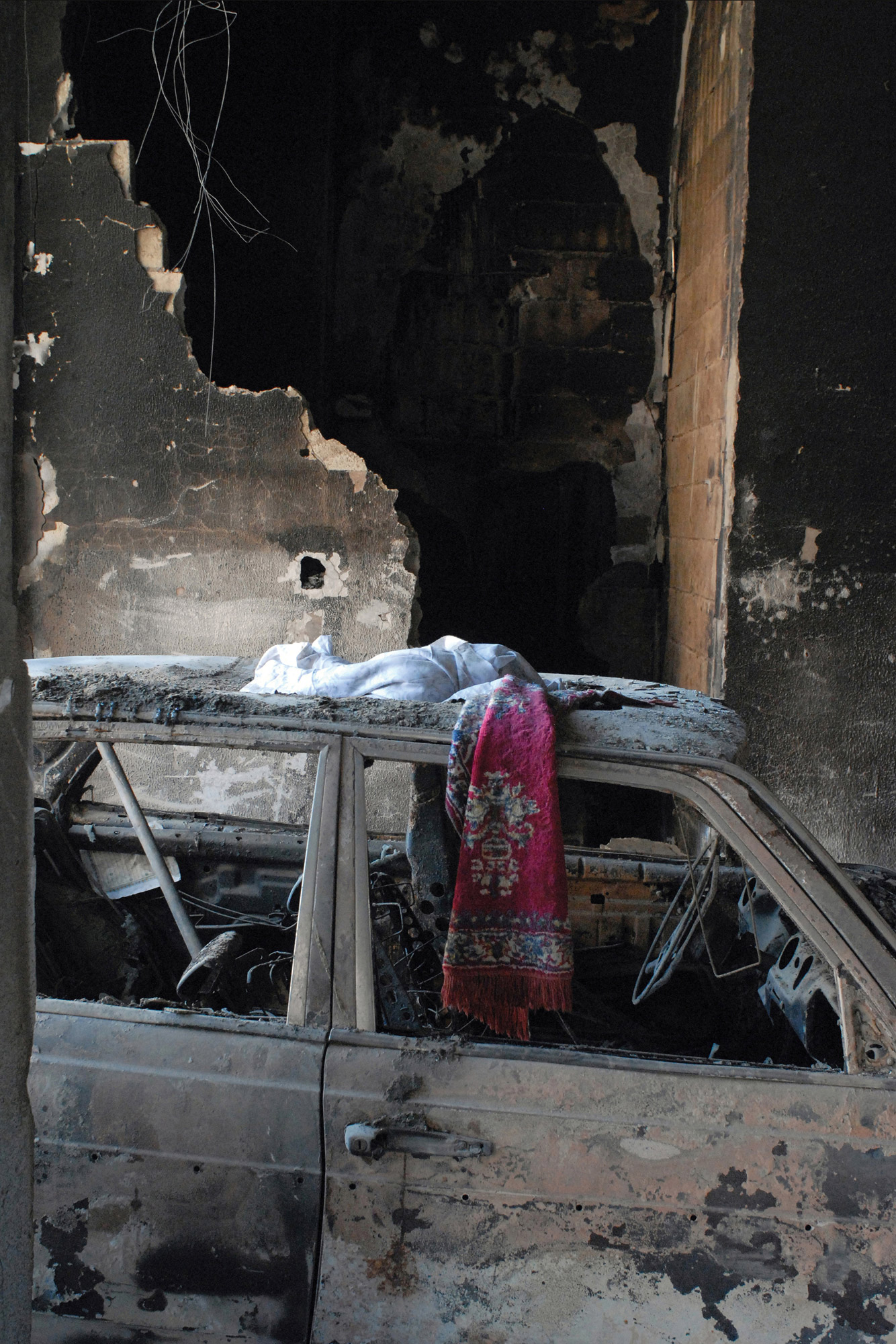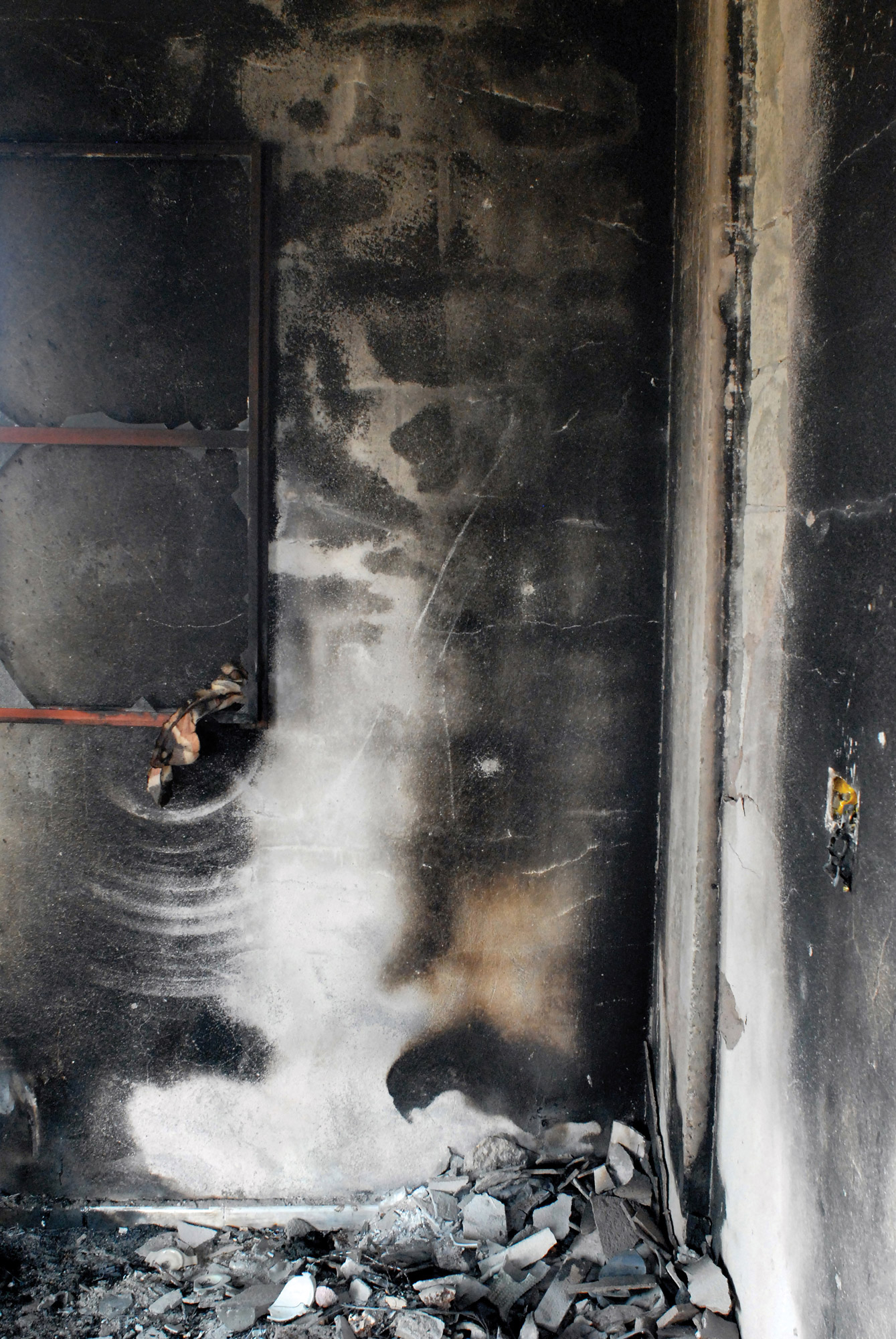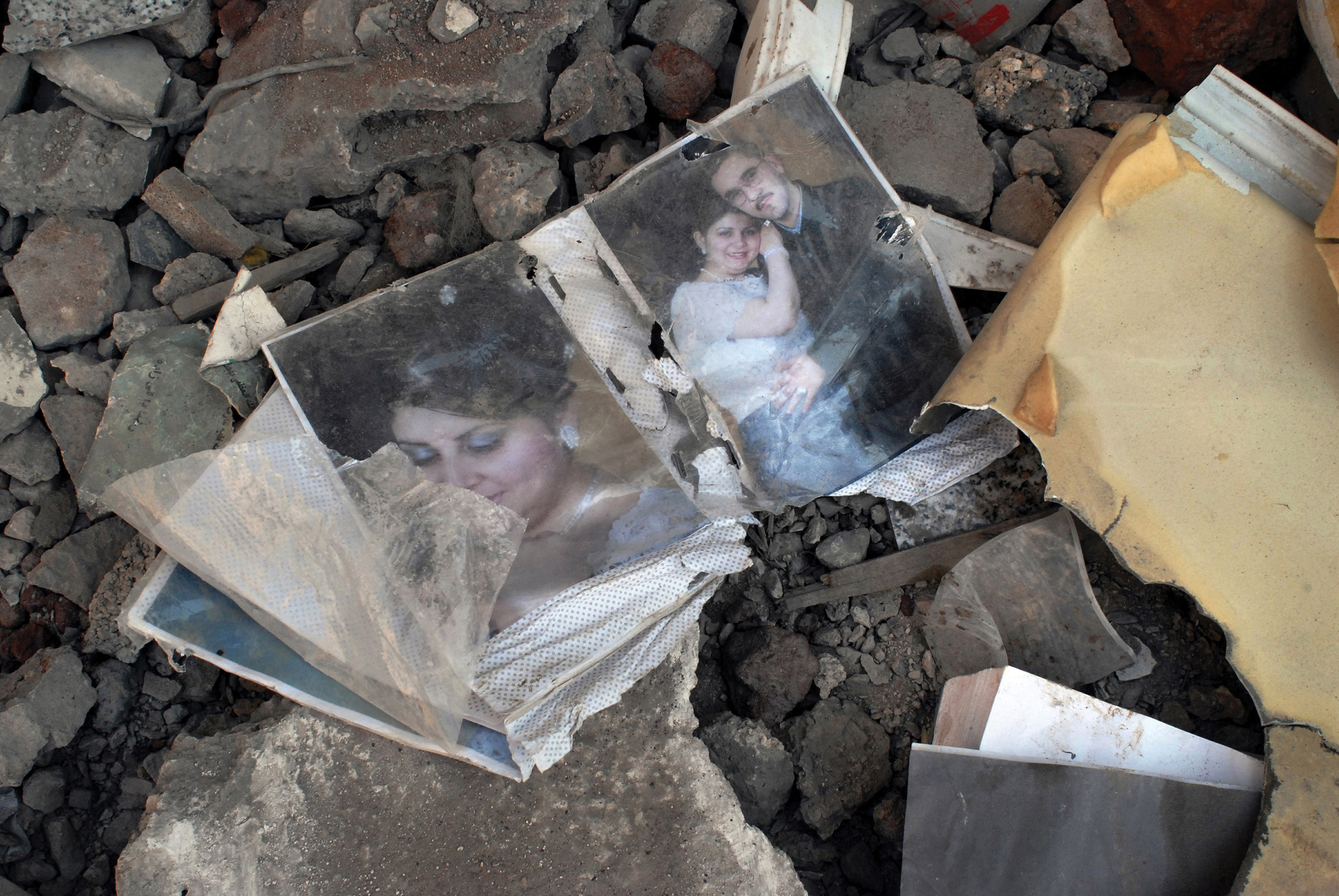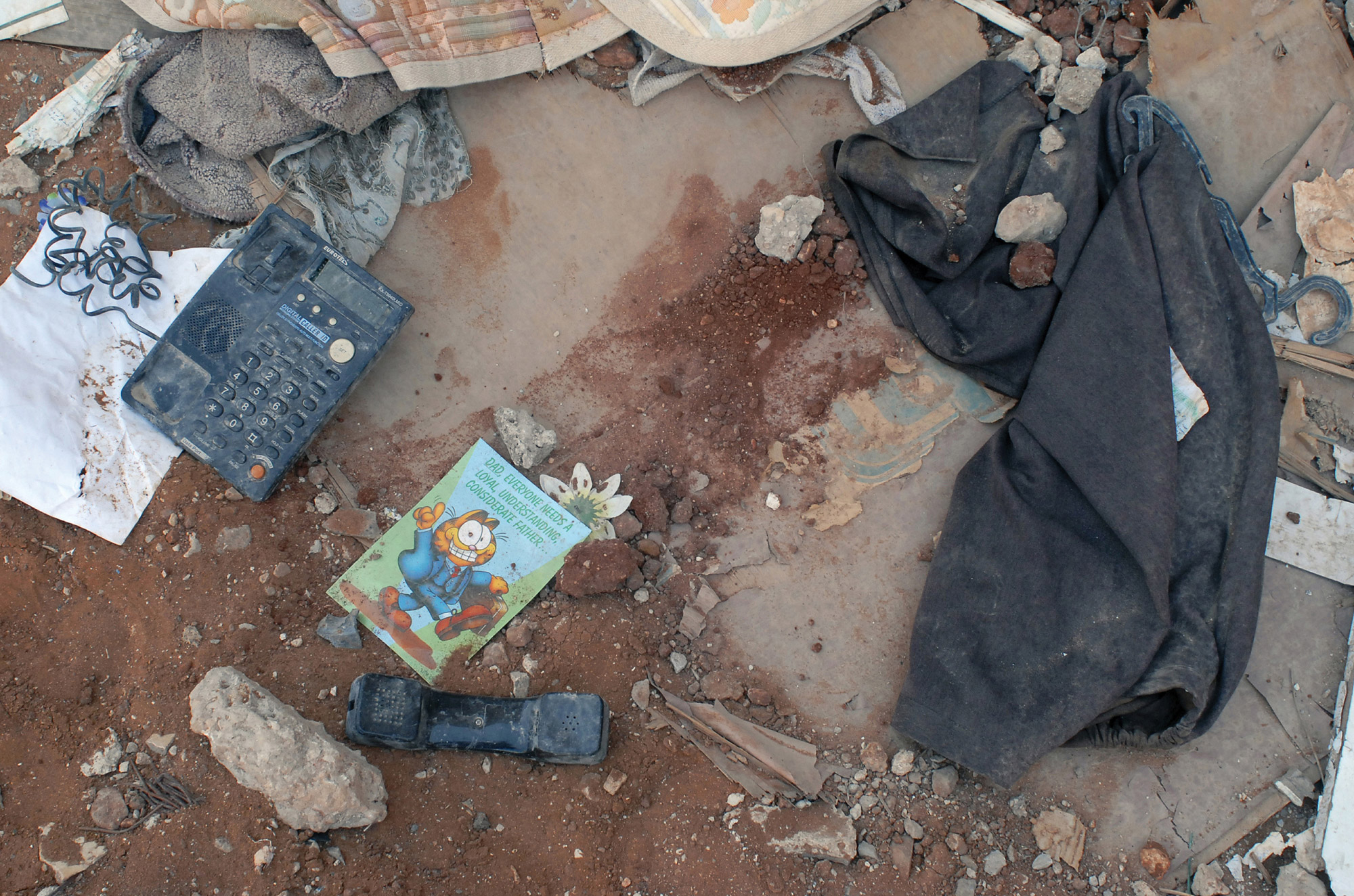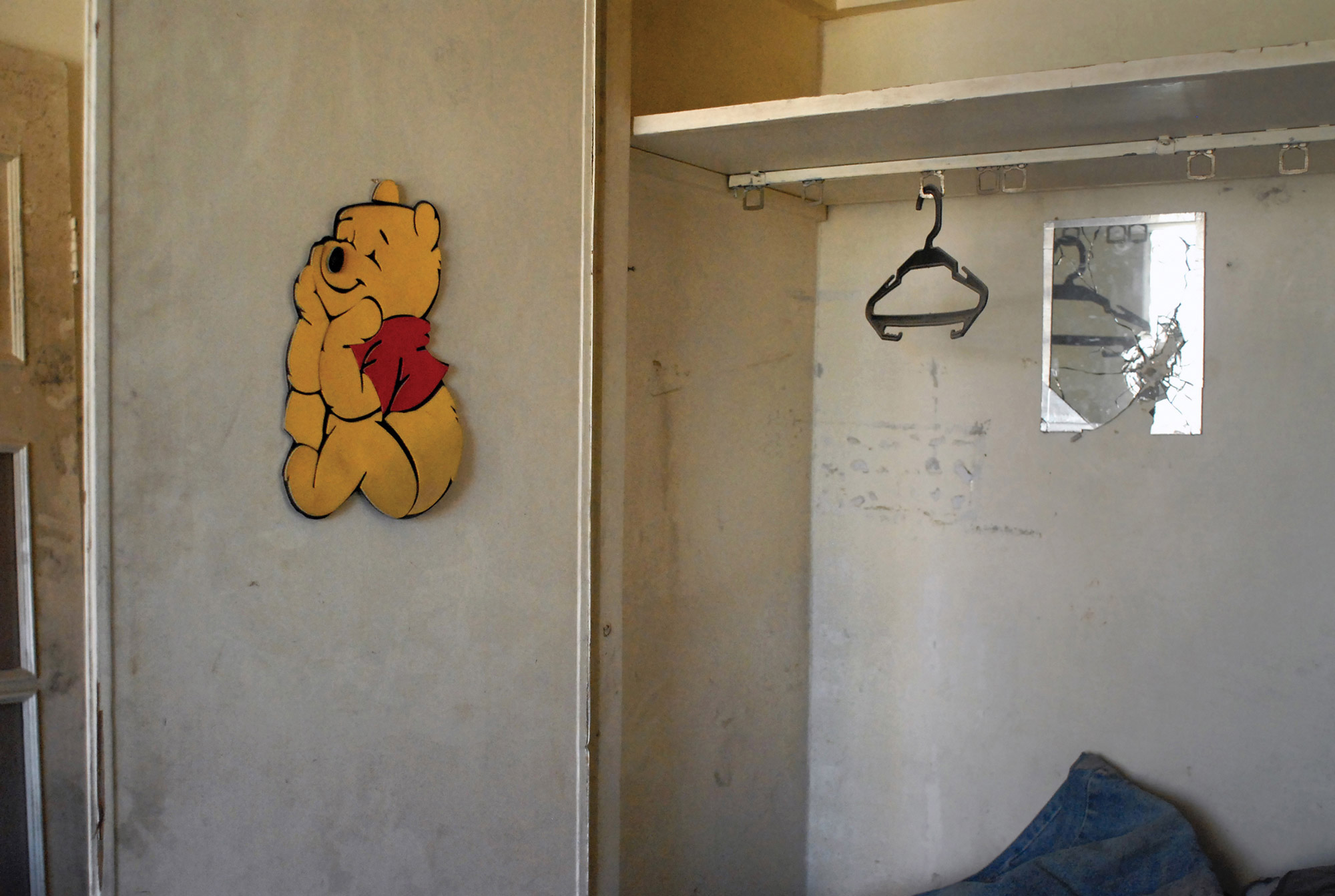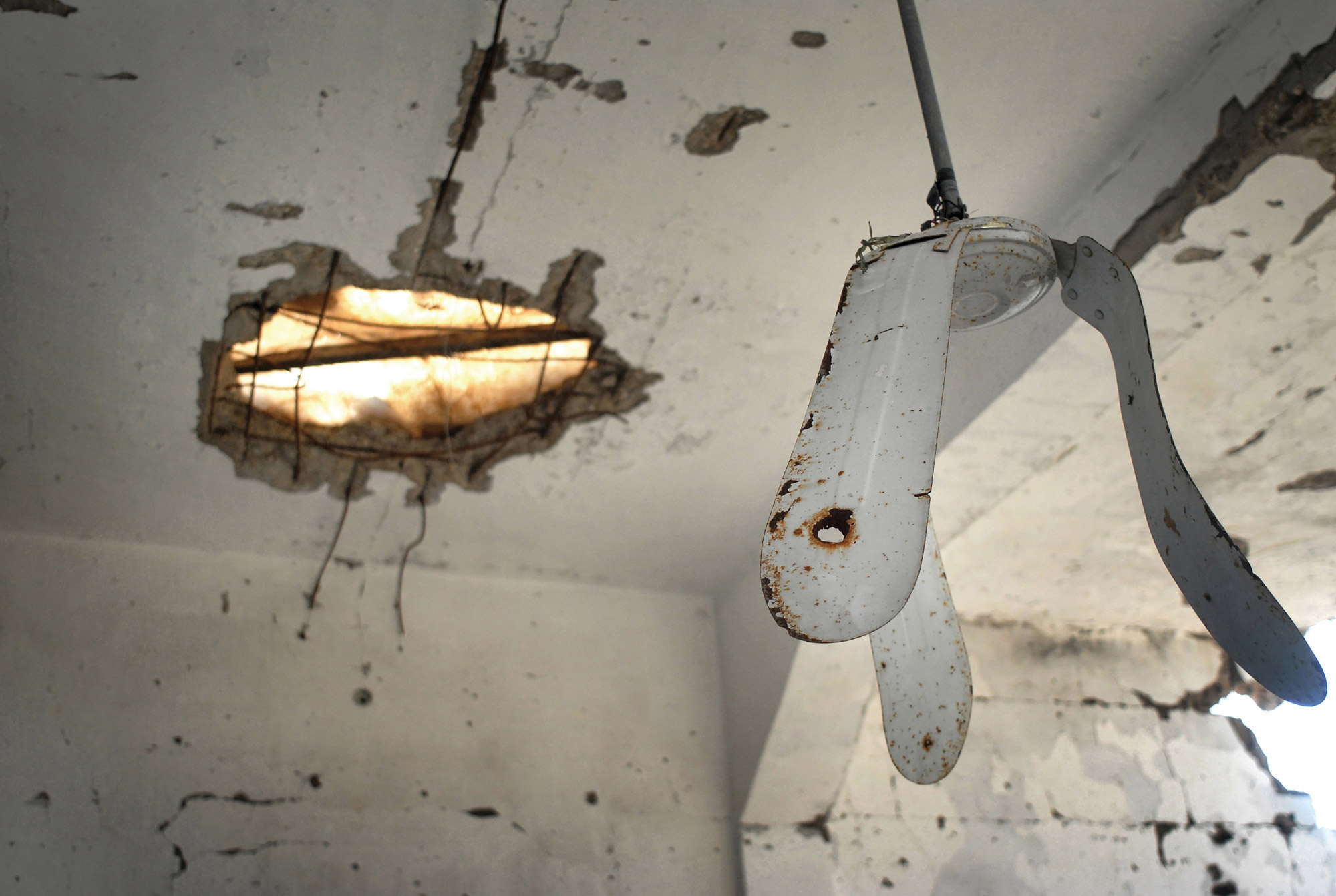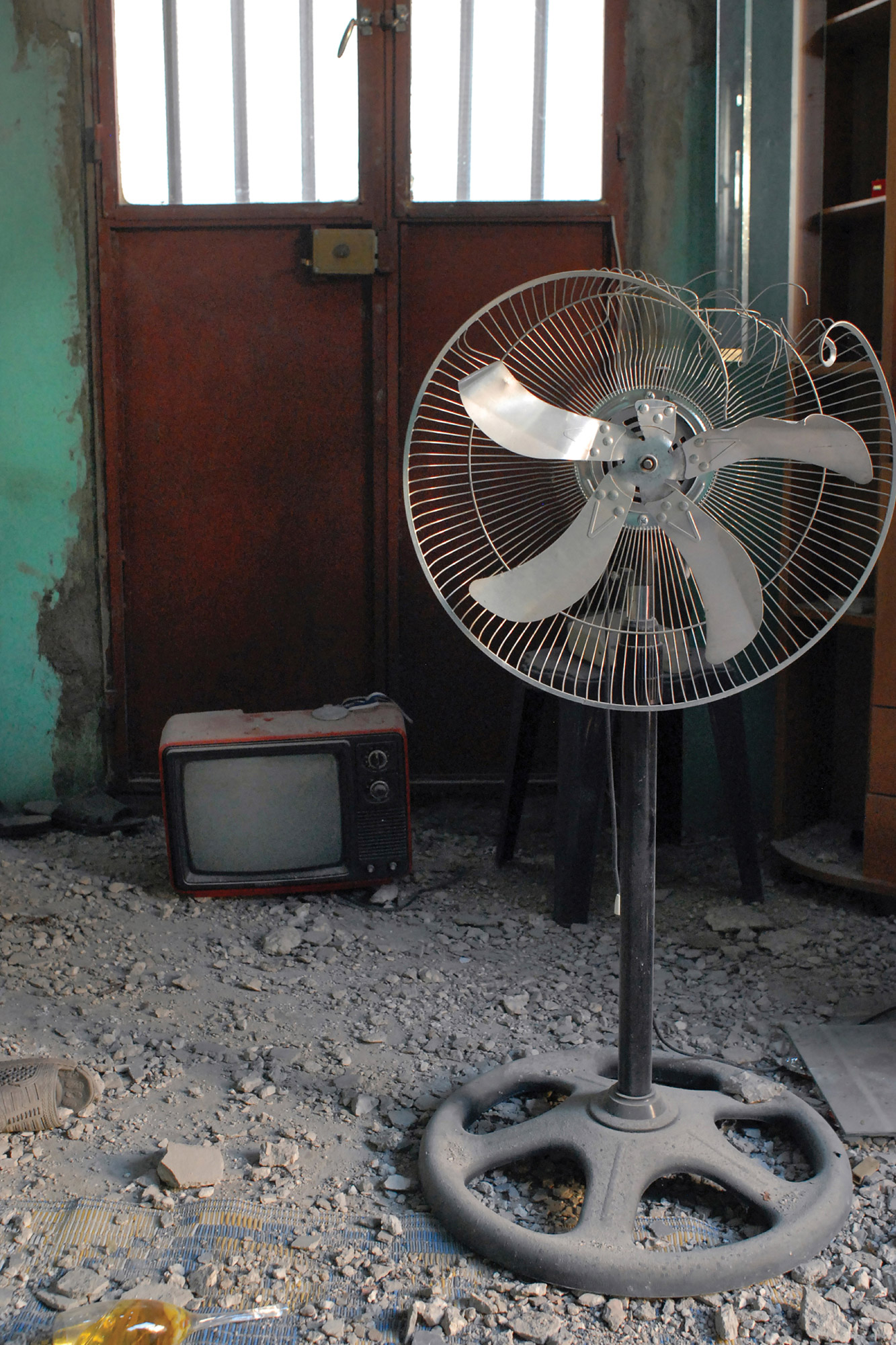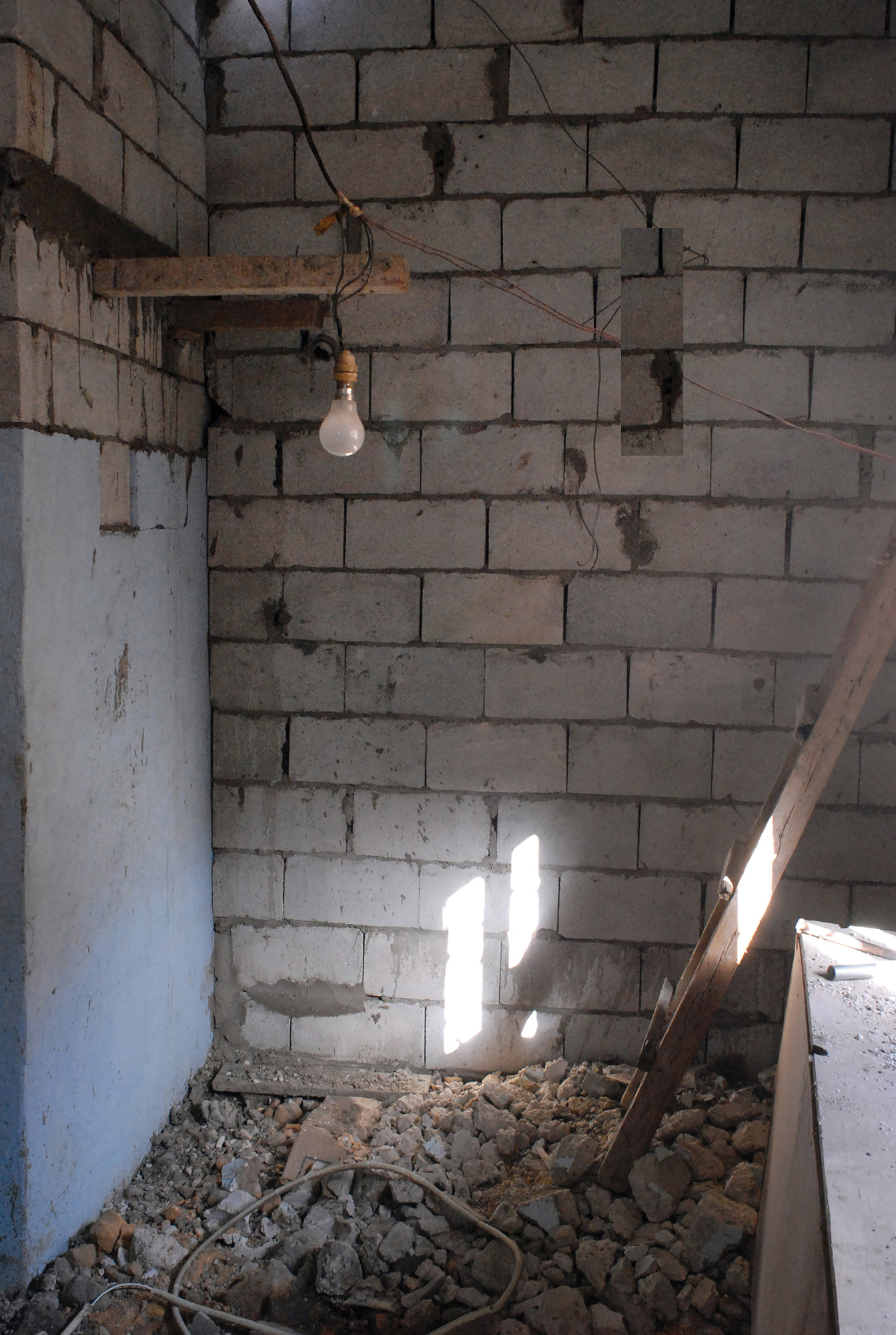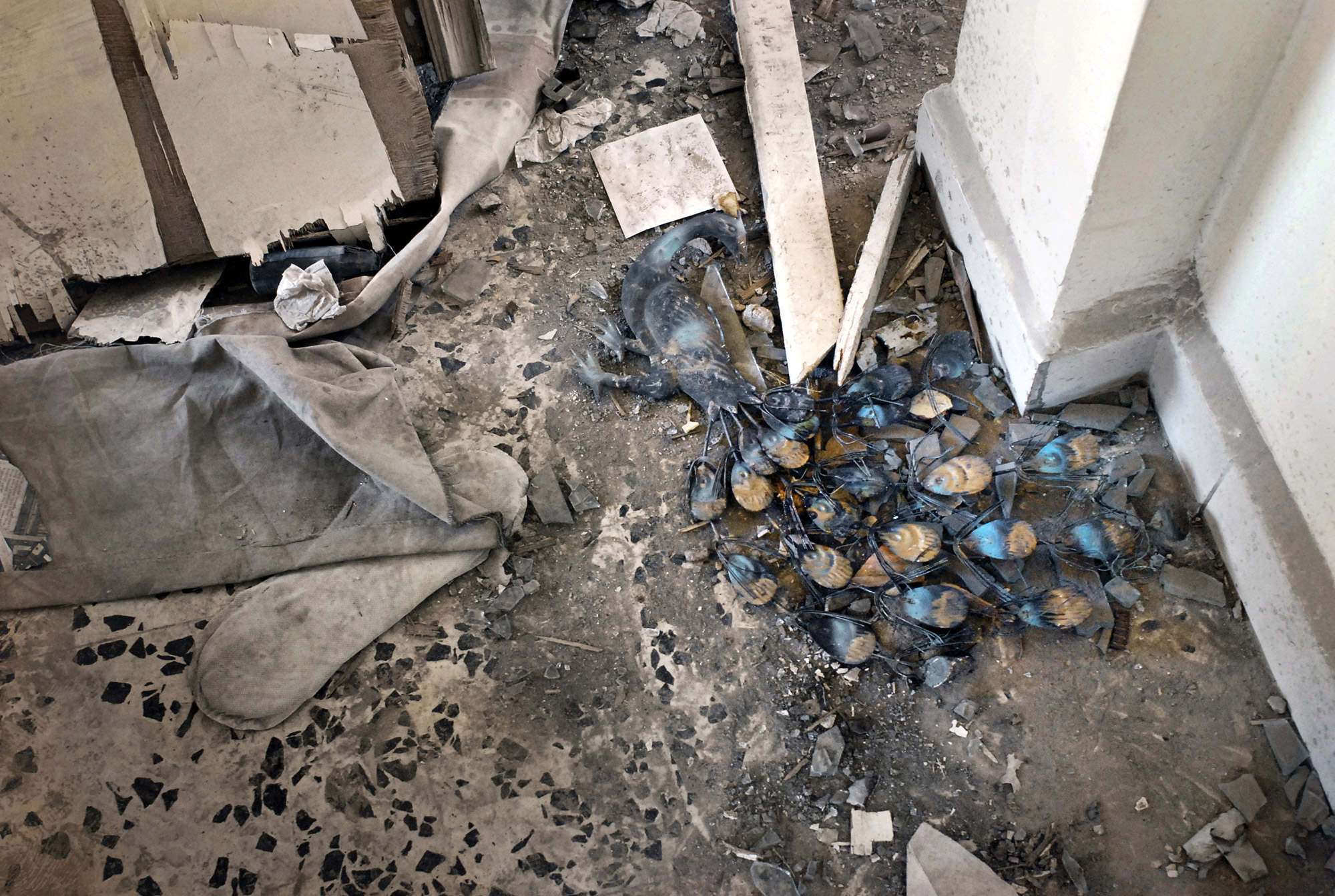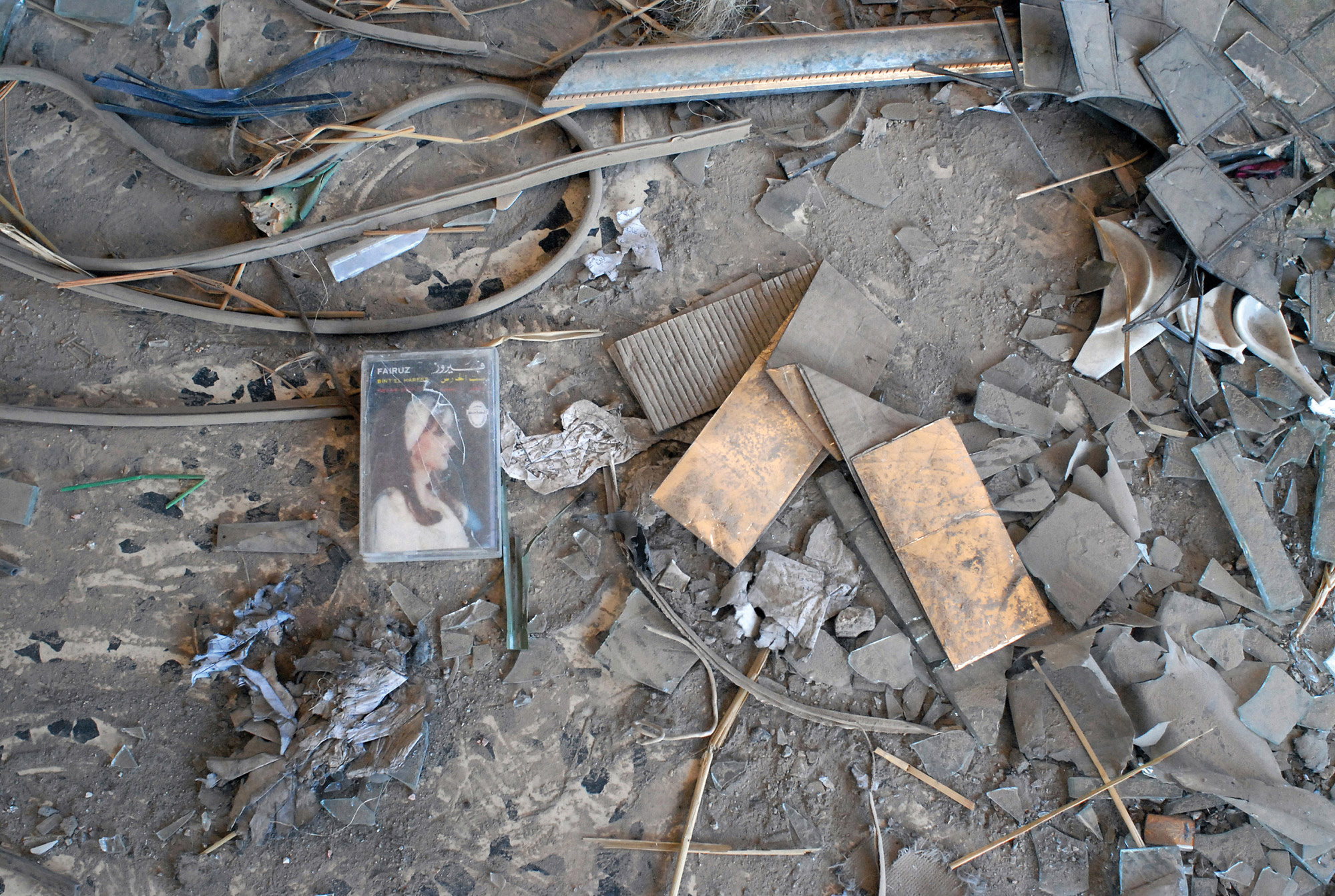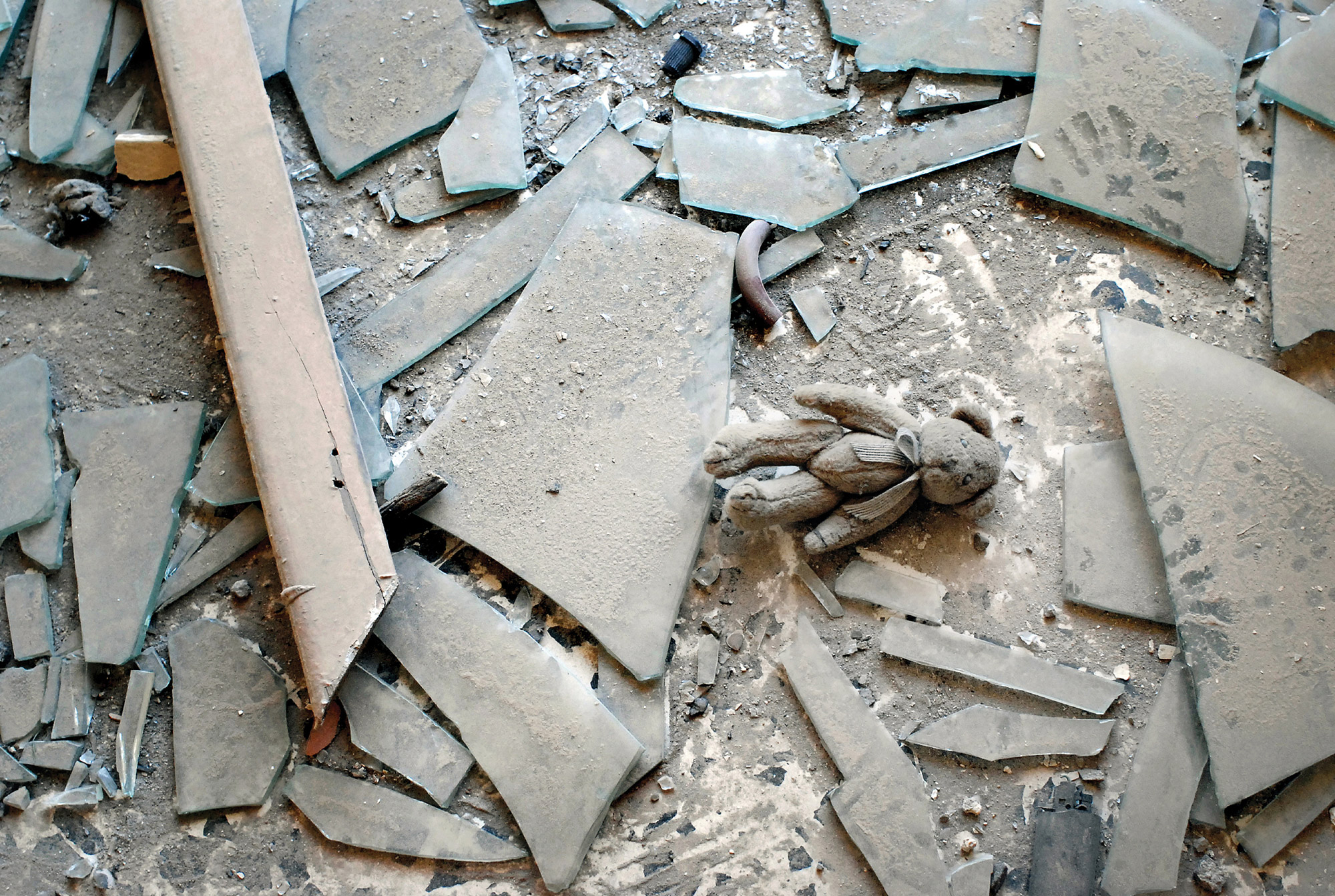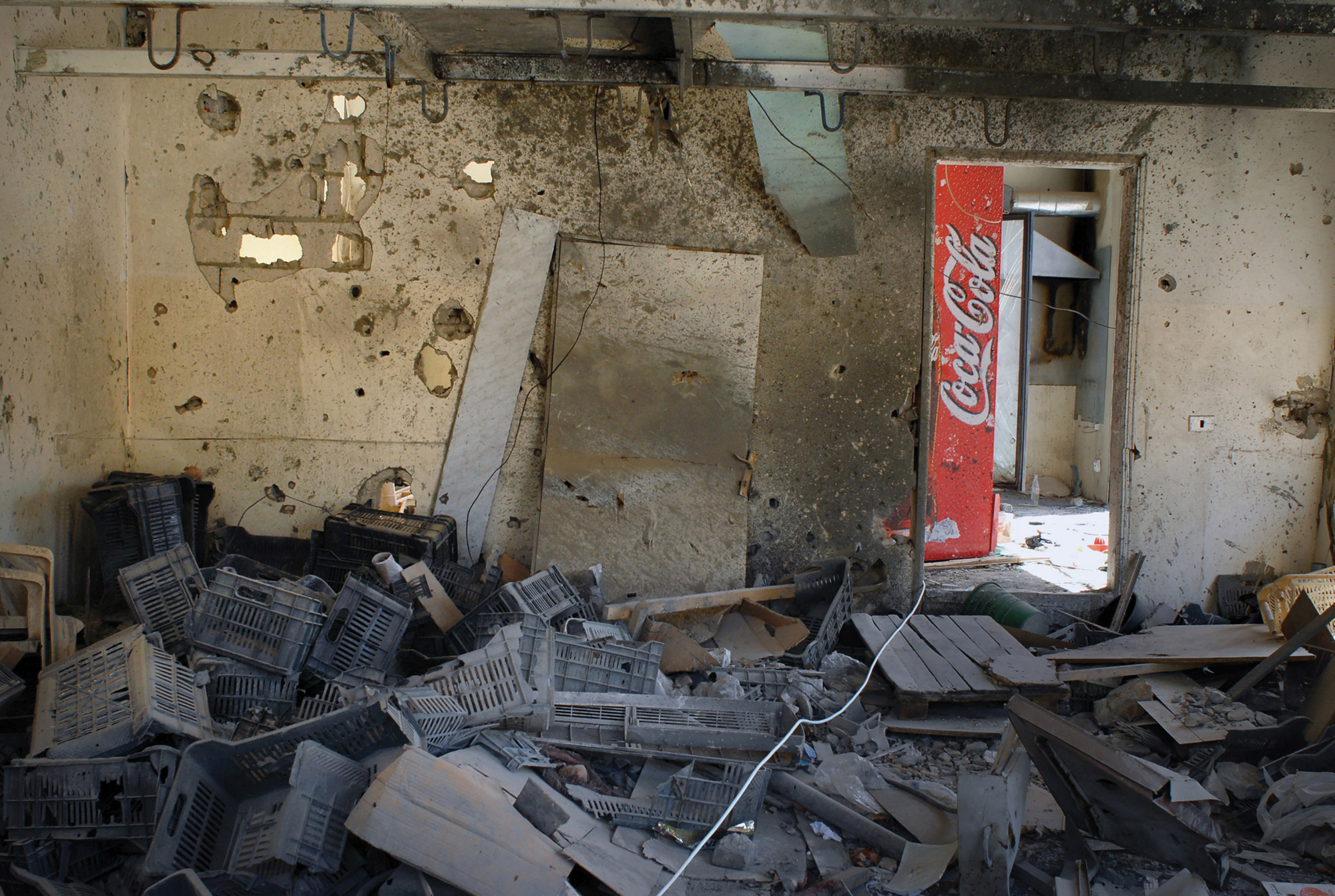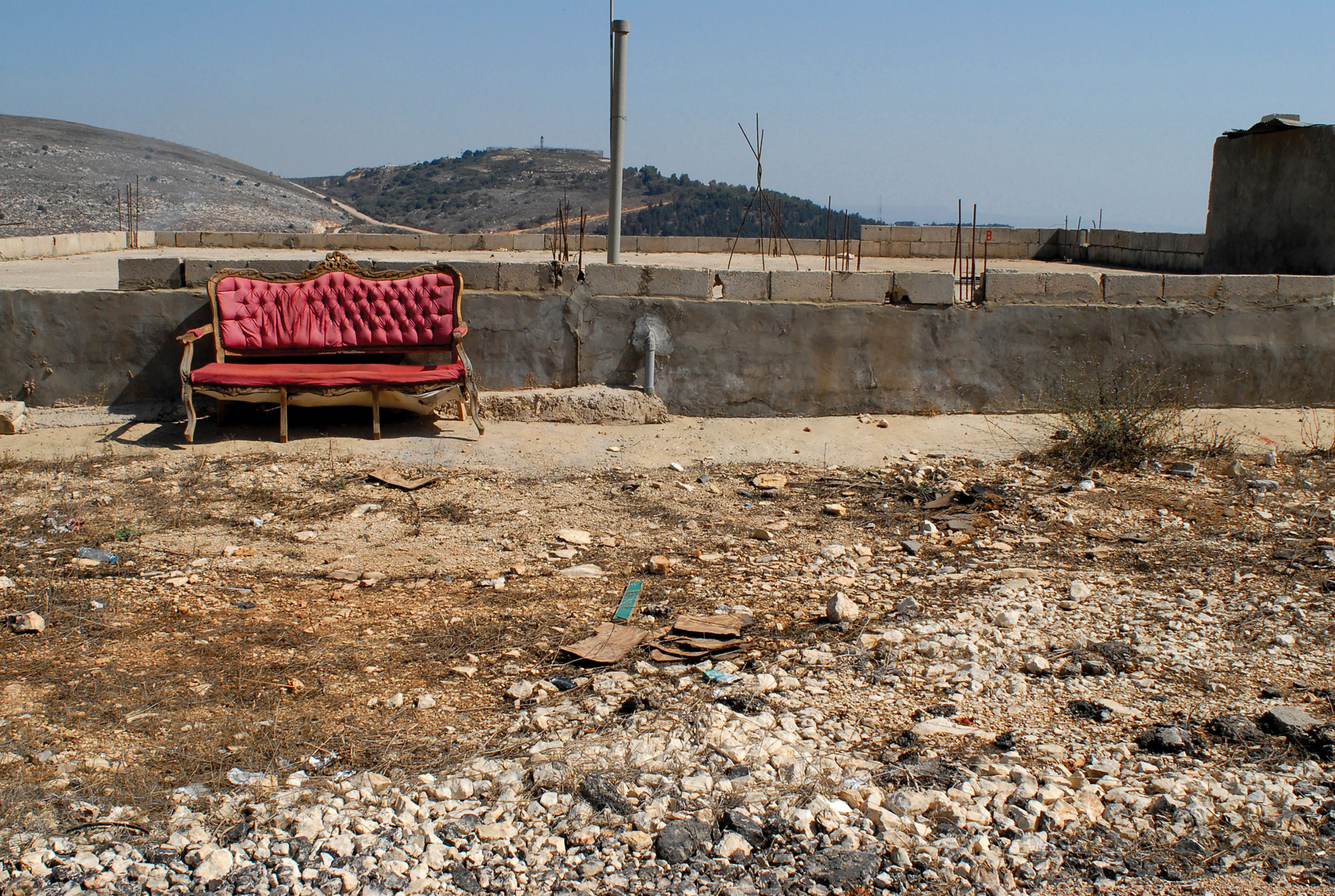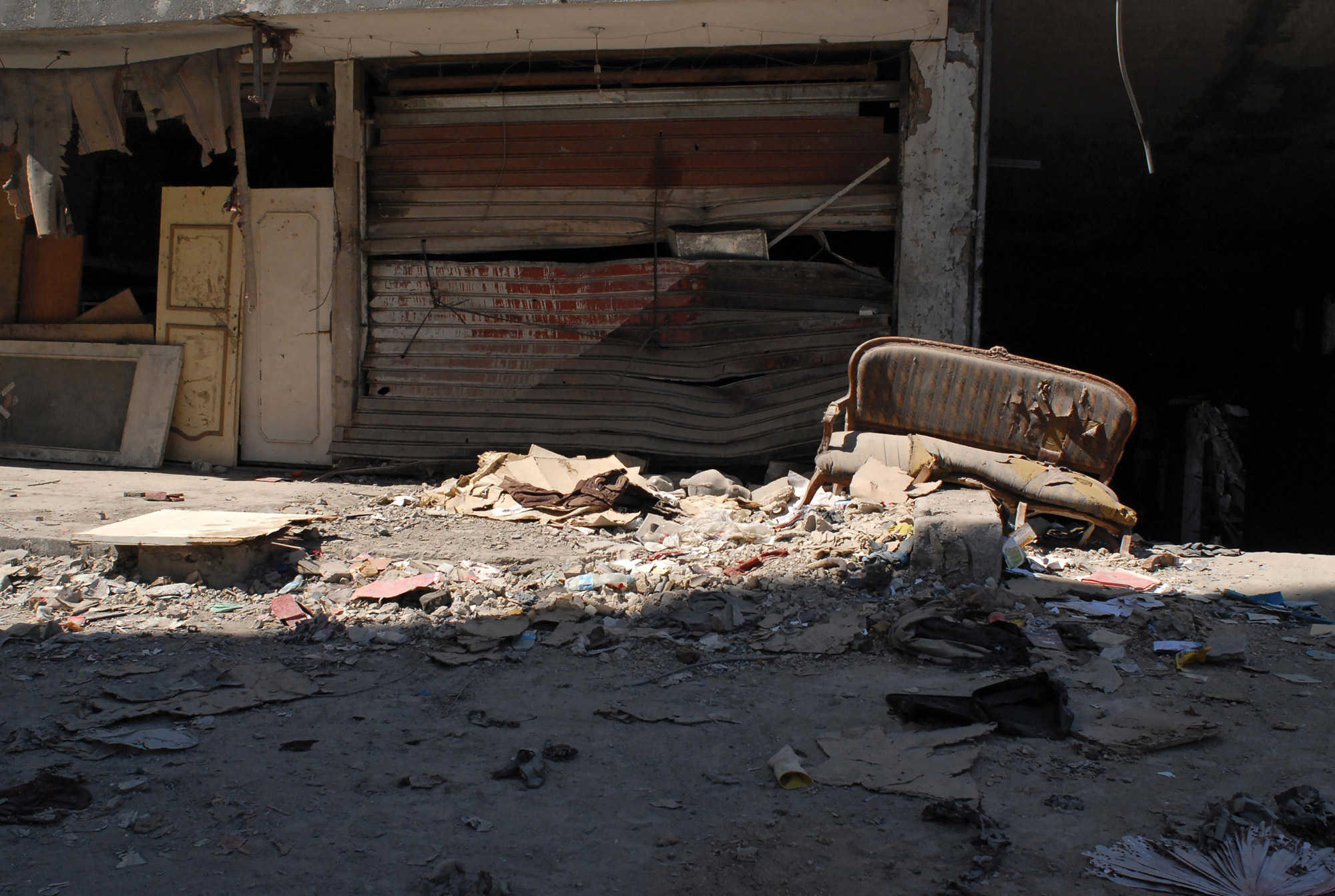What Remains
What Remains
Project Statement
In my photography I usually focus on people, and human moments. When I went to Lebanon after the 2006 war between Hezbollah and Israel, I went with the intention of photographing the aftermath of war through people dealing with loss and reconstruction, hoping to capture these moments and expressions that will tell the story of what they have been through and how they are dealing with the brutal reality of the aftermath.
However when I got there, I was also moved by the eerie absence of people in certain places, by empty homes left in a rush in the search for safety, living rooms, kitchen shelves, broken portraits and the simple mundane objects that exist in every home and in every life, all now left behind. People lived there, now they are gone, but those remaining spaces and scattered personal objects that were once theirs are now left in the debris unclaimed, a bittersweet reminder of a life that once was.
The spaces were left eerily quiet and frozen in time. A towel still hangs over a counter, ready to be used; a woman’s portrait still smiles on a paint-peeled wall; a fan stubbornly hangs from the ceiling, its wings broken. The rubble everywhere came to life through scattered objects: little bursts of color popping out of the grayness, random things one finds in any home and takes for granted. They stayed on, eerily delicate, quiet, human, and persistent.
As I walked over the debris and in those quiet empty spaces, the reality of loss became very real; and whereas one eventually gets used to seeing destruction everywhere, these precious remains of a life interrupted and lost memories frozen in time kept bringing back the destruction to a human and personal level. They were the remnants of people’s lives, memories gone forever, memories of a previous home and a previous life.
I photographed those spaces and objects exactly how I found them. I did not touch them, did not move the dust around them and did not arrange them in any way.


